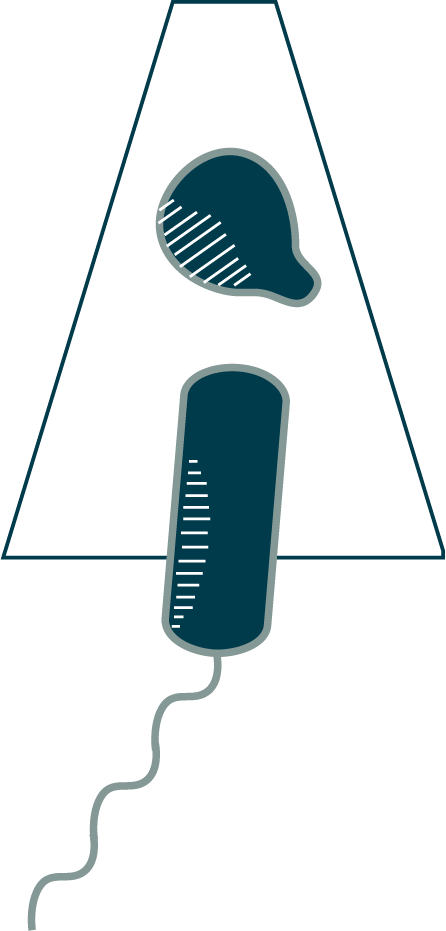

This open-access educational resource is provided by the Caltech Library. It is an experiment in multimedia digital publishing. As such, it will keep evolving to take advantage of new tools to share information, and to reflect current scientific knowledge. Initially released in December 2020, the textbook is updated frequently, so check What’s New to see what’s changed.
You can find more information about how the book was built, content and navigation, and acknowledgments in the Introduction.
We hope the material in this book is useful and accessible to students and educators. To further that goal, please feel free to reuse and share. We simply ask that you credit the source. Or, in other words, all content is available for non-commercial reuse with attribution under a Creative Commons CC BY-NC 4.0 license.
Example citation: Oikonomou, C. M. and Jensen, G. J. (2020). Atlas of Bacterial and Archaeal Cell Structure. Caltech Library. Available from: https://doi.org/10.7907/7sdv-zs48
Videos can be downloaded from the Caltech Data Repository through the DOI links on each page. The source data (cryo-ET tilt-series and reconstructions) are available from the ETDB-Caltech, through links from the video records in the Repository.
We hope this book will help your students appreciate what bacterial and archaeal cells look like and the macromolecular machinery that underlies their diverse biological processes. The main narrative content is targeted to undergraduate-level students and requires nothing but a familiarity with basic concepts in biology. More advanced students, such as those in a microbiology course, will find additional details in the Learn More sections. The main content can be digested in several hours, and we recommend assigning it as a supplemental resource to accompany the first few sessions of a course, as an introduction to bacterial and archaeal cells before you dive into more specialized aspects of their biology such as metabolism or medical relevance. The summaries at the end of each chapter provide some concept check questions that can be used to test students’ retention of the content. To aid study and testing, a Review Pack of images with and without labels is available on the Download page. As we add new content and features in future editions, we’ll highlight the changes in What’s New so you can keep your course materials up to date.
If you do use this book in a class, please give us some Feedback about what you and your students liked, what we could improve, and ideas for features you’d like to see in future editions.
Edition 2.4 (February 2023) introduces new animated videos to illustrate methods concepts in Chapter 1, as well as a Review Pack to aid in study and testing, available from the Download page. If you use any of the offline versions, download the latest file to get the new content. Similarly, if you have downloaded any individual videos we encourage you to check for a new version.
Previous updates:
Edition 2.3 (August 2022) introduced minor content changes and expanded scientist profiles.
Edition 2.2 (July 2022) optimized interface performance and added a species list feature to the Phylogenetic Tree."
Edition 2.1 (December 2021) introduced new interface features, improvements in site performance, and minor edits to videos and text to correct errors and incorporate new information from recent literature.
Major new features since Edition 2.0 included: - audio feature to listen to section text
- site search function
- PDF of text and images (available on the download page)
Edition 2.0 (August 2021) introduced several new interface features, along with minor improvements in clarity and consistency throughout the text and videos.
Major new features since Edition 1.0 included:
- 480p video option for slower connections
- mobile-optimized interface
- downloadable packages for offline viewing
- key images with interactive label slider
- interactive protein structure viewer
- interactive phylogenetic tree
- interactive chapter summaries
- progress bar
Visit the Download page for instructions and download options.
We’d love to hear your thoughts on the book and how we can improve it in the future. Contact us through the Feedback Form.